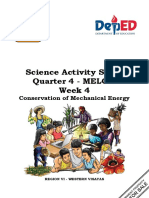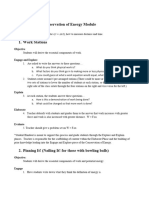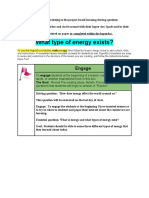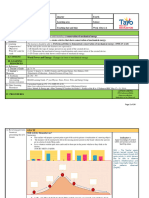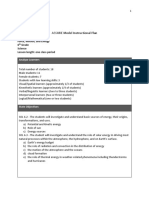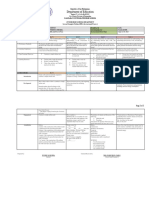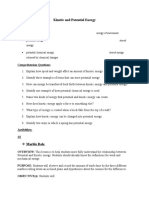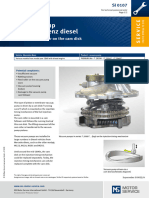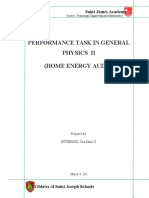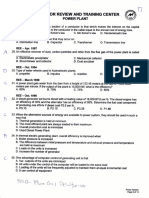0% found this document useful (0 votes)
49 views8 pagesQ4 LAS Science-8 Lesson-6 Week-6
This document is a Learning Activity Sheet for Grade 8 Science, focusing on the Conservation of Energy for Quarter 4, Lesson 6. It includes various activities such as the Ball Drop Activity, Paper Roller Coaster, and Waterwheel Work, each designed to help students understand energy transformation through hands-on experiments. The material is intended for teacher use in the MATATAG K to 10 Curriculum for the School Year 2025-2026 and emphasizes adherence to copyright regulations.
Uploaded by
Desiree de GuzmanCopyright
© © All Rights Reserved
We take content rights seriously. If you suspect this is your content, claim it here.
Available Formats
Download as DOCX, PDF, TXT or read online on Scribd
0% found this document useful (0 votes)
49 views8 pagesQ4 LAS Science-8 Lesson-6 Week-6
This document is a Learning Activity Sheet for Grade 8 Science, focusing on the Conservation of Energy for Quarter 4, Lesson 6. It includes various activities such as the Ball Drop Activity, Paper Roller Coaster, and Waterwheel Work, each designed to help students understand energy transformation through hands-on experiments. The material is intended for teacher use in the MATATAG K to 10 Curriculum for the School Year 2025-2026 and emphasizes adherence to copyright regulations.
Uploaded by
Desiree de GuzmanCopyright
© © All Rights Reserved
We take content rights seriously. If you suspect this is your content, claim it here.
Available Formats
Download as DOCX, PDF, TXT or read online on Scribd
/ 8


















